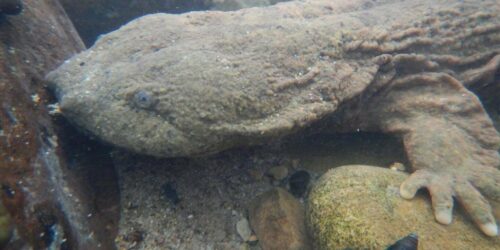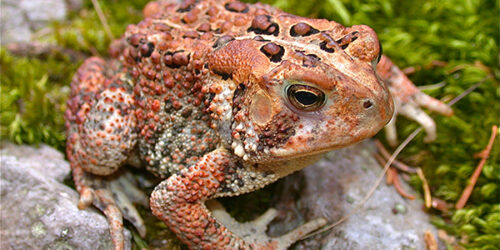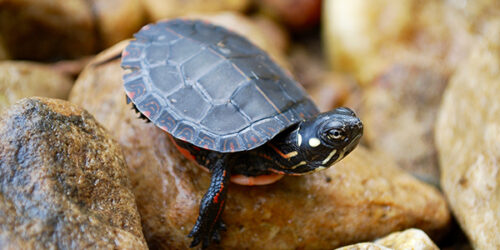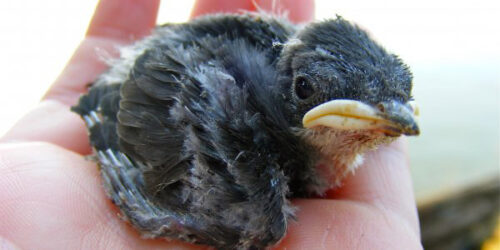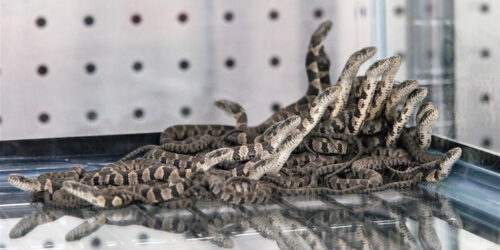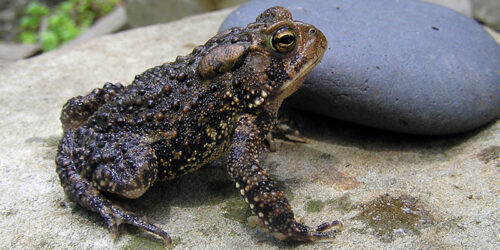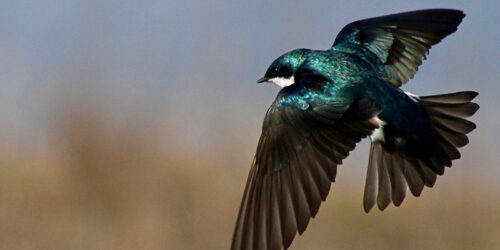RESEARCH IN THE HOPKINS LAB
Our research program has two broad focal areas, one centered in basic science and the other dealing with more applied ecological problems. The first focal area deals with parental effects on offspring fitness. In recent years we have specifically focused on incubation behavior in birds, using wood ducks and tree swallows as precocial and altricial avian models, respectively.
Our second area of focus is how anthropogenic disturbances, particularly pollution, alter the ability of birds and herpetofauna to interact appropriately with their environment. Specific emphasis is placed on how pollutants influence maternal health and the fitness consequences of maternal transfer of teratogenic compounds.

